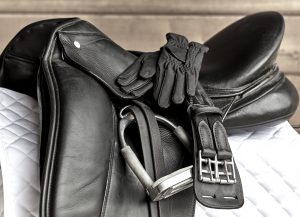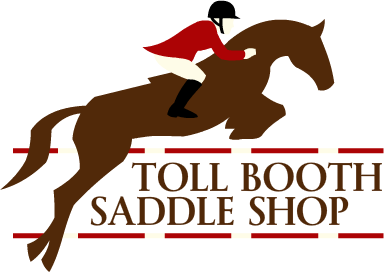Eliza Puttkamer-Banks – Guest Blogger
If you think you can keep yourself and your horse moving through the levels by yourself, I will tell you that you are wrong. Hands down, throw your best punch, hate me if you want….but you’re wrong.
It is so important to be a part of a program that is learning, is sharing, and is looking to also be a part of something bigger than itself. No one can train a horse to its true potential without eyes on the ground. “Question everything and practice the best answer you can find” has to be the mantra you live by from day to day when you ride. However, seek to improve the answer, and thereby the solution.
I am so happy and so fortunate to have Chandelle Spargo as my associate instructor, and my important eyes on the ground! I attend clinics, take lessons and read, read, read (and we’re not talking about the Chronicle forums here, folks- books! There are a lots of books that can help you understand the movements in a way you can’t in a 45 minute lesson). I flood her with theory, and drag her (mostly willingly!) to whatever clinic I can find that might feature my own current problems I need to solve. As part of our program we also encourage working students to come and help out in exchange for lessons and training and develop their eye, their technique, and their own timing. Sometimes we all have to learn how to see it on the ground before we can get it in the saddle. If you’re learning how to best help YOUR horse, seeing it from the ground day after day is sometimes better than just riding someone else’s horse in a lesson. It’s constant education and practice and you really want to be that deeply involved to want to do it.
But when you’re stuck on your own, drawing your endless lonely twenty meter circles in the sand, who is your eyes on the ground? Find someone you can trust to give you an honest answer to your questions and then help them to be educated to understand the direction you’re heading, and the method you want to embrace. Teach them to spot a clean change, teach what rhythm at the walk means, what the correct angle for a shoulder in is, or what a correct reinback is. And newsflash, if you don’t know, then you shouldn’t be riding it in the first place! (My husband has developed an excellent eye for my changes, and I argue constantly with him about the size of my pirouettes! I often require video evidence for proof, and alas, he is usually right) Most of these definitions can be found in the USDF glossary, and sometimes people who don’t ride are better at spotting irregularities. Use that to your advantage. What’s the worst that can happen? They think you’re a crazy DQ? Oops…busted.
A HUGE shoutout to all my barn family at Golden Gait Farm. We all work so hard, and I know that at any time, I can ask for a little help for any of the professionals there and know that I can get an honest opinion, and sometimes a theory that I haven’t explored. We ride, sweat, worry, teach and get excited about little things together in the ring rain or shine. This is so rare, and so precious to have this unspoken support. We can’t always succeed, and sometimes the decision to “go back to the drawing board” has to be met with options or just a sounding board or a corner to throw a whip at. I am blessed to be training at a barn where I can train, teach, and learn, and where we work together as a team, with the best interest of the horses and riders in our care, as the priority.
Visit Eliza’s Website -http://elizabanks.com/



Recent Comments